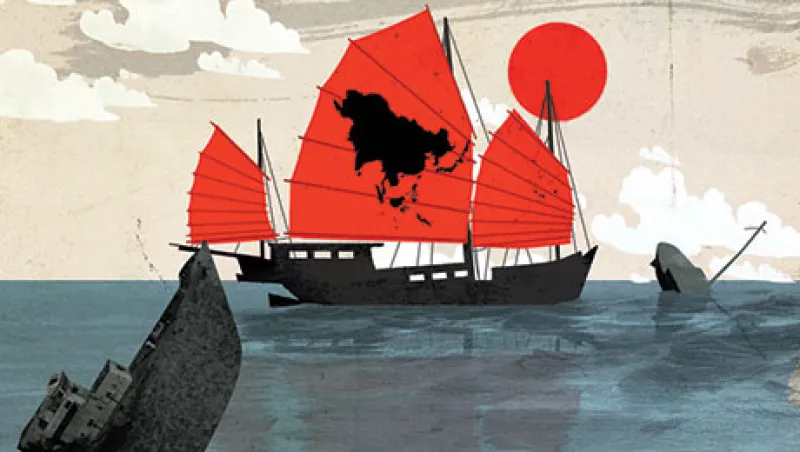
Asian Development Bank: A Force of Stability
Asian Development Bank president Takehiko Nakao’s goal is to make ADB a “force of stability” and Asia’s primary development partner. Can he succeed?
Allen T Cheng
April 24, 2017


